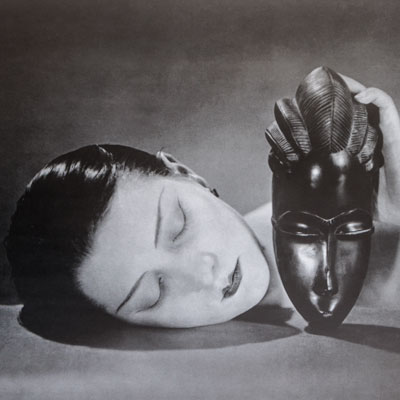Tel : (+33) 4 94 63 18 08
9am - 6pm from Monday to Sunday
Surrealism
Surrealism is an artistic and literary movement that emerged in the early 20th century, primarily in Europe. It was founded by André Breton, who published the "Surrealist Manifesto" in 1924, defining the principles and goals of the movement. Surrealism was inspired by the ideas of Sigmund Freud on the unconscious and focused on the exploration of the unconscious and the subconscious, often through the use of automatism techniques (writing or painting without consciously thinking). In painting, surrealism manifested itself through the use of strange or irrational motifs and symbols, as well as the incorporation of surprising or incongruous details in the paintings. Among the famous surrealist artists in painting are Salvador Dali, Frida Kahlo, Rene Magritte and Max Ernst. Salvador Dali is a Spanish surrealist artist known for his surrealist paintings. One of his most famous works associated with surrealism is "The Persistence of Memory" (1931). Dali also created many other surrealist works, such as "The Dream Caused by the Flight of a Bee Around a Pomegranate a Second Before Awakening" (1944) and "The Great Masturbator" (1929). Rene Magritte is a Belgian surrealist artist known for his paintings that play with perspective and visual illusions. One of his most famous works is "The Treachery of Images" (1929), where he painted a pipe saying "This is not a pipe". Magritte also created many other surrealist works, such as "The Human Condition" (1933) and "The Empire of Lights" (1954). Max Ernst is a German surrealist artist known for his paintings filled with strange and dreamlike motifs. One of his most famous works is "Europe After the Rain II" (1940-42). Surrealism had a significant impact on 20th century art and culture and continues to influence many artists around the world. The movement paved the way for new forms of artistic expression by highlighting the importance of the unconscious and encouraging the use of automatism techniques. Many artists were influenced by surrealism and continued to explore these themes in their works, even after the end of the movement in the mid-20th century.
Discover the artist
Man Ray
Man Ray was an American artist and photographer known for his contributions to the Surrealist movement and his innovative techniques in photography. He was born Emmanuel Radnitzky on August 27, 1890 in Philadelphia, Pennsylvania, to Russian immigrant parents. Man Ray began his career as a painter, but became interested in photography in the 1920s and began experimenting with techniques such as solarization and double exposure. He was drawn to the Surrealist movement and became a prominent member, exhibiting his work in group shows and collaborating with artists such as Marcel Duchamp and Salvador Dali. In addition to his photography, Man Ray was also known for his experimental films and his work in collage, painting, and sculpture. He was a pioneer in the use of photograms, which are photographs made without a camera by placing objects directly onto light-sensitive paper. Throughout his career, Man Ray had numerous solo exhibitions and his work was featured in major museums around the world. He died on November 18, 1976 in Paris, France, leaving behind a significant legacy in the world of art and photography.





